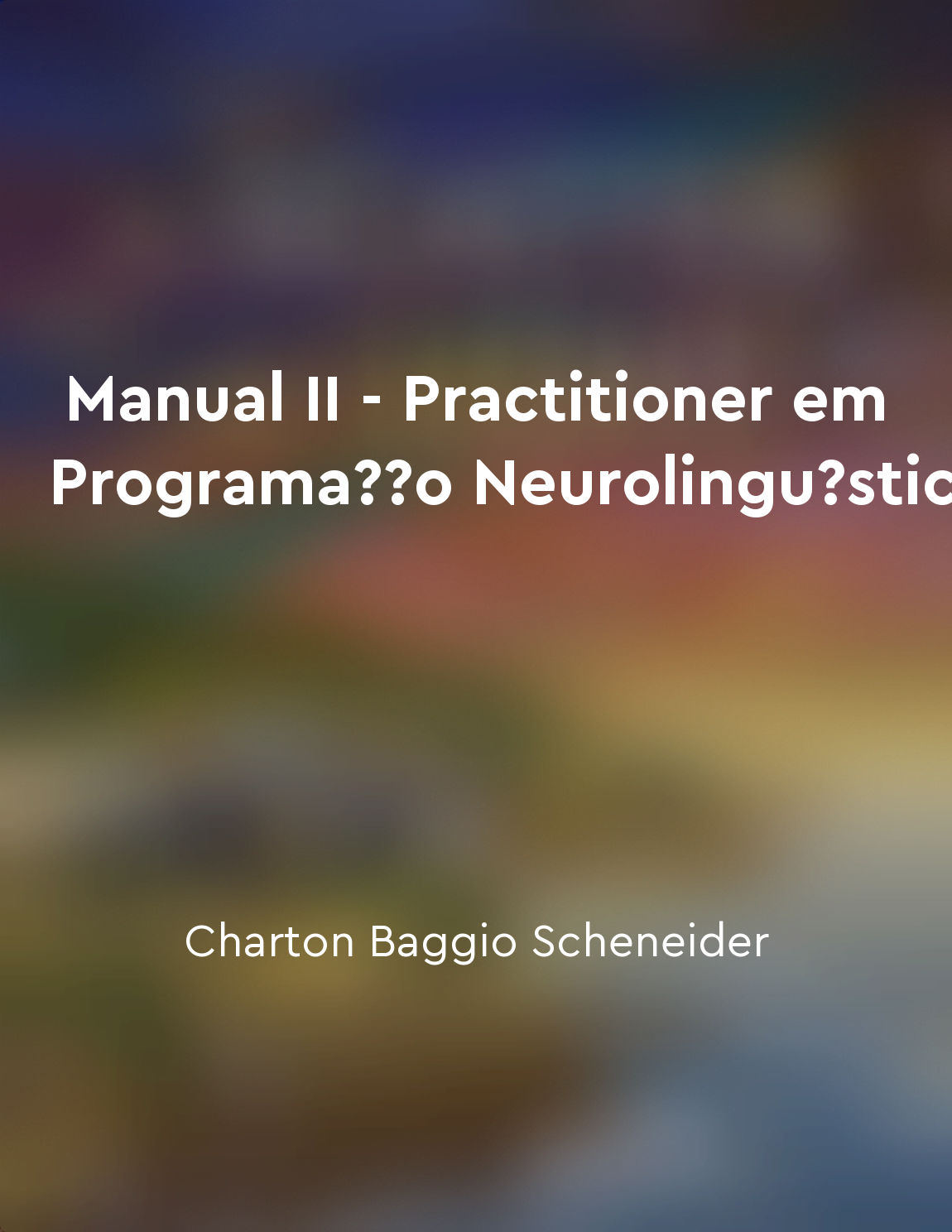Audio available in app
Creating a fear hierarchy helps prioritize exposure exercises from "summary" of Cognitive Therapy of Anxiety Disorders by David A. Clark,Aaron T. Beck
To effectively treat anxiety disorders, it is essential to systematically address the patient's fears and anxieties. One way to achieve this is through the use of a fear hierarchy. A fear hierarchy is a list of situations or stimuli that evoke fear in the individual, arranged in order of least to most anxiety-provoking. By creating a fear hierarchy, therapists can help patients identify and prioritize their exposure exercises. The fear hierarchy serves as a roadmap for exposure therapy, guiding the patient through a gradual and structured process of confronting their fears. Exposure exercises involve gradually exposing the patient to feared situations or stimuli, starting with those at the bottom of the hierarchy (i. e., the least anxiety-provoking) and working their way up to the top (i. e., the most anxiety-provoking). This systematic approach allows the patient to build confidence and tolerance in facing their fears. Prioritizing exposure exercises based on the fear hierarchy is crucial for several reasons. First, it helps ensure that the patient does not become overwhelmed or overly distressed during therapy. By starting with less anxiety-provoking situations, the patient can gradually acclimate to their fears and develop coping strategies before moving on to more challenging exposures. Additionally, prioritizing exposure exercises based on the fear hierarchy allows therapists to tailor treatment to the individual needs of the patient. Each individual has unique fears and triggers, and the fear hierarchy can be customized to reflect these specific concerns. This personalized approach increases the effectiveness of exposure therapy and helps patients make meaningful progress in managing their anxiety.- Creating a fear hierarchy is a valuable tool in cognitive therapy for anxiety disorders. By systematically organizing and prioritizing exposure exercises, therapists can help patients confront their fears in a structured and manageable way. This approach not only enhances the effectiveness of treatment but also empowers patients to overcome their anxieties and regain control of their lives.
Similar Posts
Embracing discomfort
The concept of embracing discomfort is about facing your fears, stepping out of your comfort zone, and challenging yourself to ...

Techniques for influencing and persuading others with NLP
The techniques for influencing and persuading others with NLP involve a set of powerful tools that can be used to communicate m...
Fear can protect us from danger, but it can also hold us back
Fear is a powerful emotion that has the potential to both protect us from danger and hold us back from growth and fulfillment. ...
Be kind to yourself
The concept of treating yourself with kindness is one of the most important lessons you can learn in life. It's all too easy to...
Build a strong character and integrity
In life, one of the most important things a person can do is to build a strong character and integrity. These qualities are ess...
Challenge negative thoughts and beliefs
When we start to pay attention to our thoughts, we may notice that many of them are negative and unhelpful. These thoughts can ...
Accepting the impermanence of thoughts and feelings is liberating
When we can begin to see thoughts and feelings as impermanent, we start to loosen their grip on us. Instead of getting caught u...
Embrace the power of embracing failure
The idea of welcoming failure might seem counterintuitive. After all, we spend so much time and energy avoiding failure at all ...

Manage stress and anxiety through mindfulness and relaxation techniques
One of the most effective ways to deal with stress and anxiety is by practicing mindfulness and relaxation techniques. Mindfuln...
Building resilience to anxiety involves developing coping strategies
Building resilience to anxiety requires individuals to develop effective coping strategies to manage their symptoms and reduce ...

